Ever wondered about the value of that stunning agate sitting on your shelf?
You’re not alone. Agate, with its mesmerizing bands and array of colors, is a favorite among gemstone enthusiasts and collectors alike. But when it comes to price, there’s more than meets the eye.
Determining agate’s worth isn’t as straightforward as checking a price tag. Factors like color, banding, size, and even the stone’s origin play crucial roles in its market value.
Let’s dive into the nuances of agate valuation and uncover what makes your gemstone a hidden treasure or a modest collectible.
Agate’s worth is influenced by color, banding, size, and origin, with unique and vibrant patterns being more valuable. Rare colors like blue or red are especially prized. The gemstone’s market demand and provenance from notable locations also affect its value, making well-cut, larger specimens with distinctive features highly sought after.
What Is Agate?
Agate is a type of chalcedony, which itself is a form of quartz. This gemstone is renowned for its stunning concentric bands of color, which create unique and often mesmerizing patterns. These bands can appear in a multitude of shades, making each piece of agate distinct. Historically, agate has been held in high esteem, often used in jewelry and as decorative items due to its impressive durability and hardness which measures a solid 6.5 to 7 on the Mohs scale.
Agates are primarily formed within volcanic and metamorphic rocks. The intricate process begins when water infused with silica percolates through these rocks, depositing layers of silica particles into cavities and eventually hardening. Over time, these deposits accumulate, forming the characteristic bands.
Due to its porous nature, agate can be found in an array of colors:
- Natural hues like white, gray, and brown
- Enhanced colors achieved through dyeing techniques
Each agate variant has its own name, often reflective of its appearance or the region it’s found in. Some of the most popular types include:
- Blue Lace Agate: Known for its tranquil blue stripes
- Moss Agate: Features green inclusions that resemble moss
- Fire Agate: Displays iridescent colors similar to opal
The allure of agate goes beyond its physical beauty. Believers in crystal healing value agate for its supposed metaphysical properties, claiming it can balance emotional, physical, and intellectual energies.
In the marketplace, the uniqueness of each agate stone means its value can vary dramatically. Collectors prize specimens with rare and outstanding patterns or those which come from legendary locations known for their exceptional agate quality. Your quest for the perfect agate might lead you to discover stones that balance rarity, aesthetics, and size, ensuring you find a gemstone that resonates with your personal style and meets your discerning standards.
Agate Prices: Factors That Affect Value

Color, Clarity, and Cut Quality
When you’re evaluating agate, the color of the stone is a pivotal factor. The more vibrant and unique the coloration, the higher the price is likely to be. Agate in rare hues or those with a depth of color command premium prices. Clarity, though less crucial than in transparent gemstones, still impacts agate’s value; stones with fewer inclusions or more translucent appearances are typically more sought after.
The cut quality also plays a significant role in the valuation of agate gemstones. A well-cut agate will display its concentric bands and natural patterns in a way that enhances the stone’s overall aesthetics. A skilled artisan can increase an agate’s worth significantly, especially if the cut enhances the stone’s inherent beauty without wasting material.
Market Demand and Availability
The relationship between market demand and the availability of agate significantly influences its price. When demand for a particular type of agate goes up, and supply cannot keep pace, prices naturally rise. Conversely, if the market is flooded with common varieties of agate, you’ll notice a dip in prices.
Certain types of agate that are unique to specific locations may carry a higher value due to their limited availability. Collector’s items and agates with historical significance can fetch high prices, particularly if they’re accompanied by documentation proving their provenance. Keep in mind that trends in the gemstone market can also affect agate prices as consumer preferences shift over time.
Understanding Agate: A Rare Gem
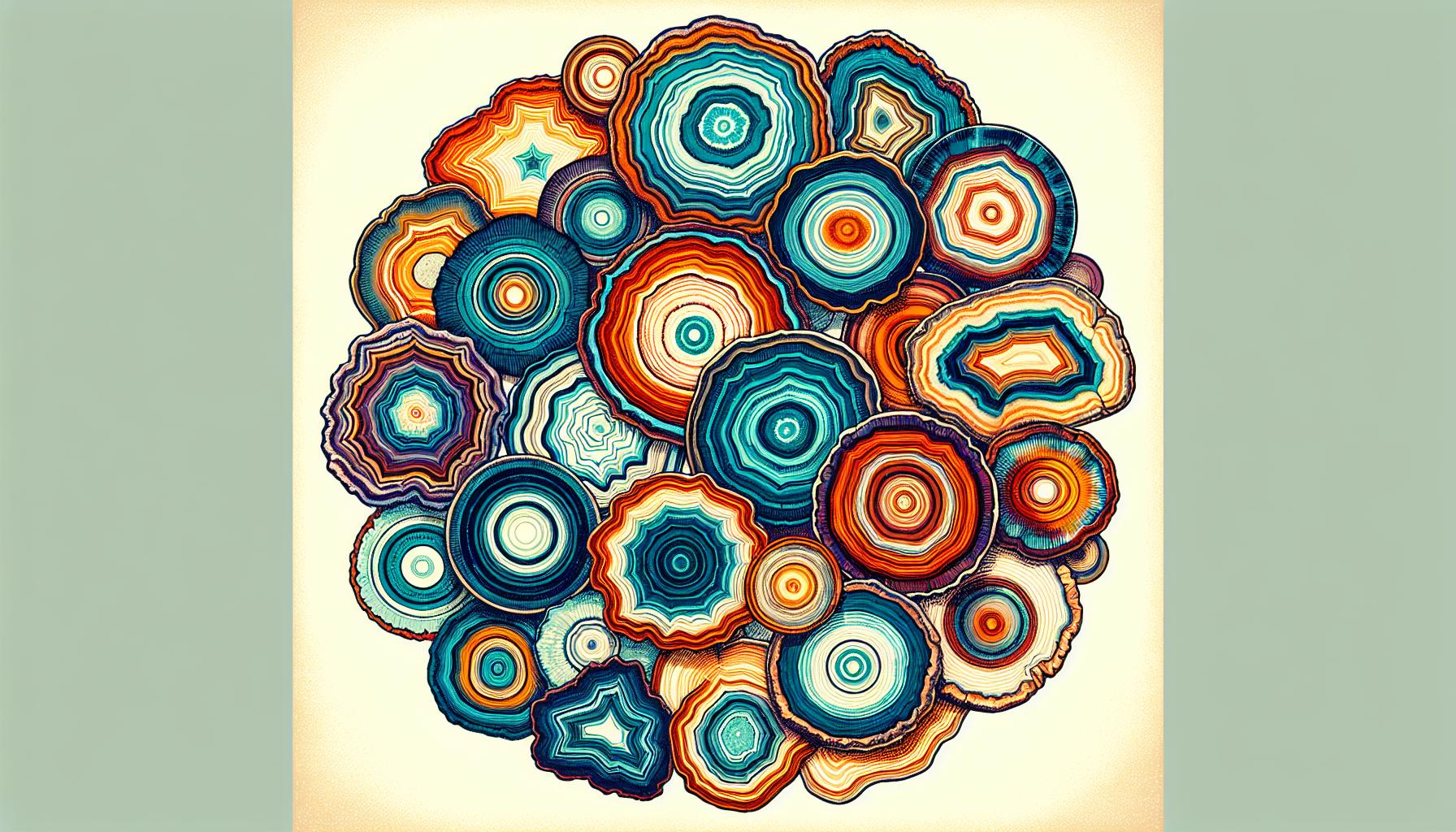
The Rarity of Agate
You might already be aware that the rarity of a gemstone significantly impacts its value. But when it comes to agate, what makes it so prized? Generally, agate forms as microscopic crystals of quartz in the cavities of igneous rock. Agate’s uniqueness lies in its variety; there are countless types, each with different patterns and colors. This variety is a result of the environmental conditions during its formation.
Some agates present with distinguished patterns like stripes, specks, or moss-like inclusions, setting them apart in rarity and, by extension, value. It’s a simple supply and demand issue; the rarer the type of agate, the steeper the price it can command in the market. For instance, Fire Agate with its iridescent colors and Lace Agate known for its intricate patterns are considered more scarce and therefore are often more expensive.
Origins and Characteristics
Understanding where agate is found and its characteristic features gives insight into its valuation. Agates are primarily unearthed in volcanic and metamorphic rocks in areas such as Mexico, Brazil, the USA, and Australia. Each location offers agates that are distinct to that region due to environmental factors that influence the stone’s formation.
The size and quality are also vital. Typically, agate forms in nodules or pockets in the host rock and larger pieces with exceptional clarity and unique patterns are especially sought after. The colors of agate range from soft pastels to vivid hues, and each stone’s individual composition reflects the impurities and elements present during its formation. These impurities can include minerals such as iron, which can give the gemstone a red or orange tinge, or chromium which may offer a green hue.
Surprising to some, the hardness of agate is another allure; it has a score of about 7 on the Mohs scale, making it highly resistant to scratches and suitable for various types of jewelry or decorative objects. This durability, paired with the gemstone’s natural beauty, draws enthusiasts and collectors who appreciate the lasting value of agate.
Whether you’re considering purchasing agate for its aesthetic appeal or investment potential, recognizing these origins and characteristics will help you understand its worth on the market.
Agate Grading and Valuation
The Grading System for Agate
When you dive into the world of agate collecting and investment, understanding the grading system becomes essential. Grading for agates, unlike more traditional gemstones like diamonds, isn’t standardized; it largely depends on individual experts and their assessments. The factors that dominate this assessment include color, pattern, and overall quality. Rare colors or patterns increase an agate’s grade. Pieces with bright, banded colors or unusual patterns like moss, lace, or plume typically receive higher grades.
In addition, transparency and size also weigh in on grading. More transparent agates with desirable hues or striking patterns are often considered to be of superior grade. Larger pieces with consistent, aesthetic patterning command attention in the marketplace. To ensure you’re making a savvy purchase or sale, familiarize yourself with these grading nuances.
Certification and Appraisal
To gauge an agate’s worth accurately, you might consider Certification and Appraisal from reputable sources. A certification from a recognized gemological laboratory can verify your agate’s authenticity and quality. These documents often detail an agate’s characteristics such as color, weight, and pattern, providing confidence to both buyers and sellers about the stone’s value.
Appraisals are another valuable avenue, as they offer an expert’s estimation of an agate’s market value. Appraisers take into account:
- Quality of the cut
- Color saturation and pattern uniqueness
- Size and weight
- Current market trends
Keep in mind that an appraisal is inherently subjective and may vary between experts. For investment pieces or for your private collection, always seek appraisals from certified professionals who are well-acquainted with the ever-evolving agate market. This way, the valuation of your agate reflects its true worth in current market conditions.
Remember that alongside technical evaluations, provenance and historical significance play crucial roles in an agate’s valuation. A stone with a storied past or one that comes from a location famed for its unique agate deposits might see its worth multiply, regardless of how it may score on typical grading measures.
Current Market Trends in Agate Pricing
The valuation of agate gemstones is constantly evolving, influenced by current market trends that savvy collectors and investors closely monitor. Shifts in consumer preferences, global economic conditions, and design industry demands all play a role in shaping these trends.
Notably, there has been an increased interest in sustainable and ethically sourced gemstones. Agates, with their varied geographic origins, often benefit from this trend as buyers seek stones that are mined with minimal environmental impact and under fair labor practices. This ethical standpoint can significantly enhance an agate’s market value.
In addition, the rise of online gemstone trade platforms has expanded market reach for agate, providing numerous opportunities for sellers and making agates more accessible to buyers worldwide. The proliferation of direct-to-consumer sales channels allows for a greater transparency in pricing while also creating a competitive marketplace that can drive prices either up or down based on availability and demand.
The table below highlights significant factors influencing agate pricing in the current market:
| Factor | Influence on Pricing |
|---|---|
| Sustainable sourcing | Increases value |
| Online trade platforms | Can elevate or lower prices |
| Global economic conditions | Affects consumer spending power |
| Fashion and design trends | Drives demand for specific agates |
| Technological advancements | Improves cut quality and aesthetics |
Moreover, technological advancements have made it easier to enhance the natural beauty of agates, resulting in higher-quality cuts and finishes that appeal to modern tastes, further influencing their worth.
You’ll find that as fashion and design trends evolve, certain colors or patterns of agate may surge in popularity. These trends can cause a dramatic increase in prices for previously overlooked varieties. It’s vital to stay abreast of these shifts to understand how they may affect your agate investments or purchases.
The Most Expensive Agate
When considering rare and highly valued agates, some stand out due to their outstanding patterns and colors, fetching hefty sums on the market. Among the cream of the crop is Black Agate, prized for its depth and intensity, and often used as a centerpiece in luxurious jewelry. Then there’s Fire Agate, a mesmerizing stone that exhibits iridescent colors similar to opal, and can command thousands of dollars depending on the play of color and size.
Factors Driving the Price of Premium Agate
High end agates command premium prices due to several key factors:
- Unique Patterns: Stones with one-of-a-kind natural designs are in high demand.
- Intensity of Color: Vivid and saturated hues tend to attract higher prices.
- Size and Weight: Larger stones, especially those that retain quality, are rarer and more valuable.
- Provenance: Agates with a verified origin from famous mines may be more sought after.
- Craftsmanship: The expertise with which agate is cut and polished plays a pivotal role in its final price.
Record-Breaking Agate Sales
In the realm of collectible agates, sales records are often broken when unique pieces come to auction. An example of such is the Laguna Agate, noted for its stunning concentric bands; this type of agate has seen considerable increases in value over the years. Reviewing auction history, one can note that exemplary pieces of agate, particularly those exceeding a few inches in diameter with distinct banding and color, can easily reach tens of thousands of dollars.
To truly grasp the potential worth of top-tier agate, it’s essential to monitor auction results, dealer listings, and collector forums. The value of exceptional agate pieces is dictated not just by their innate beauty, but also by the stories they carry and the desirability they garner among enthusiasts. Keeping abreast of market dynamics ensures you’re well-informed about the kinds of agate that represent the pinnacle of luxury and investment potential.
Buying Agate: Tips and Recommendations
Where to Purchase High-Quality Agate
When in the market for high-quality agate, the place of purchase is as crucial as the gemstone itself. Reputable dealers are your best bet to ensure that the agate you’re buying meets the standards of quality you expect.
- Gem shows: Here, you can physically inspect a variety of agate pieces before making a purchase.
- Online platforms: Consider well-known online retailers or auction sites with verified ratings and robust return policies.
- Specialty stores: Stores that specialize in gemstones often provide a certificate of authenticity for their stones.
- Local artisans: Sometimes, buying directly from the cutter can get you unique pieces and valuable insights into how your agate was sourced and processed.
Always remember that the more knowledgeable the seller, the better advice and quality you can expect. It’s also good practice to ask for high-resolution photos and detailed descriptions when shopping online to ensure you’re getting what you’re paying for.
Ensuring Authenticity and Value
Determining the authenticity and value of agate involves a keen eye and some due diligence. Recognizing real agate can be tricky, but you can take steps to safeguard your investment.
- Certificates: A certificate of authenticity from a recognized gemological lab adds to the value and verifies your agate.
- Inspection: If possible, examine the agate under magnification to look for natural inclusions that synthetic stones wouldn’t have.
- Expert opinion: Don’t hesitate to seek a second opinion from a qualified gemologist if something about your agate doesn’t seem right.
Understanding the market and typical price ranges for agate can help you avoid overpaying. Stay informed by
- Tracking auction results
- Comparing dealer listings
- Participating in collector forums
The knowledge you’ll gain is invaluable in ensuring you pay a fair price for the quality of agate you desire. Equipped with these tips and recommendations, you should feel more confident in navigating the beautiful and varied world of agate gemstones.
Conclusion: Buying & Selling Agate
Determining the worth of agate isn’t just about the price tag; it’s about the confidence you gain from making an informed purchase.
Armed with the knowledge from this guide, you’re now equipped to find high-quality agate that reflects both your personal taste and investment savvy. Remember, the true value of agate comes from its authenticity and the joy it brings to your collection.
So go ahead, use the tips you’ve learned, and revel in the beauty and worth of your next agate find.

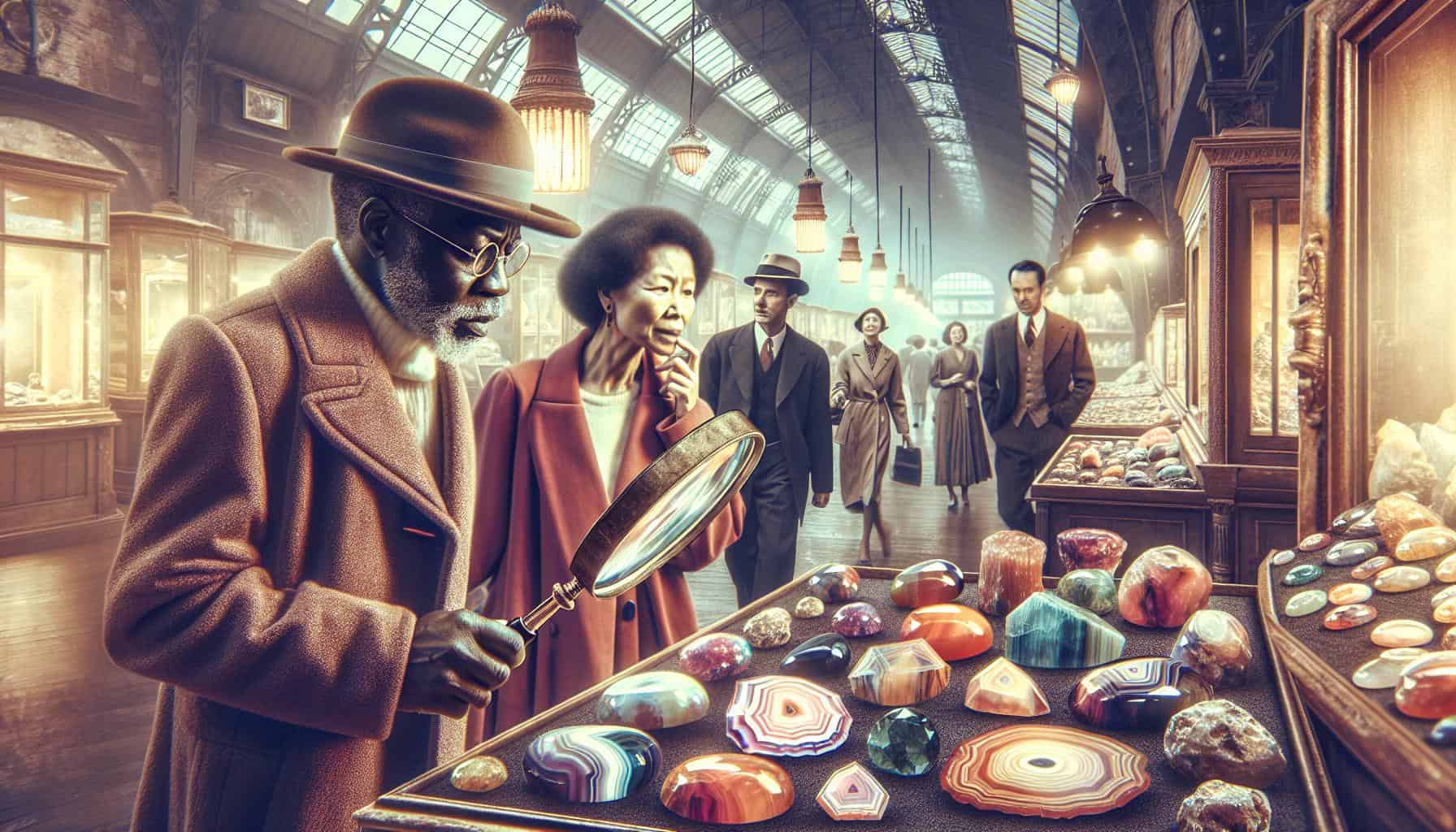

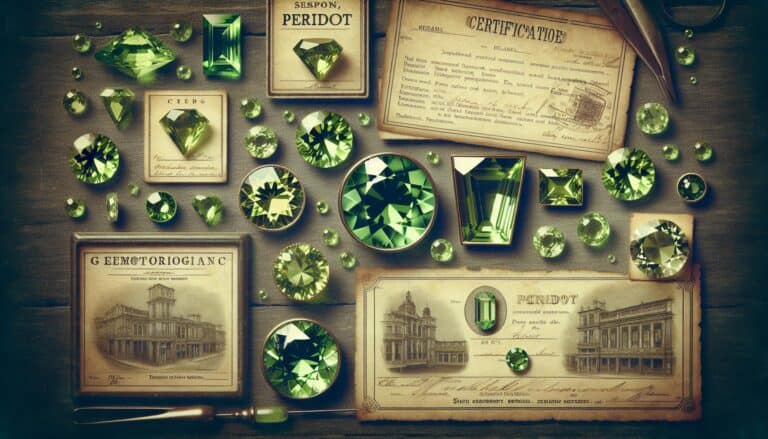
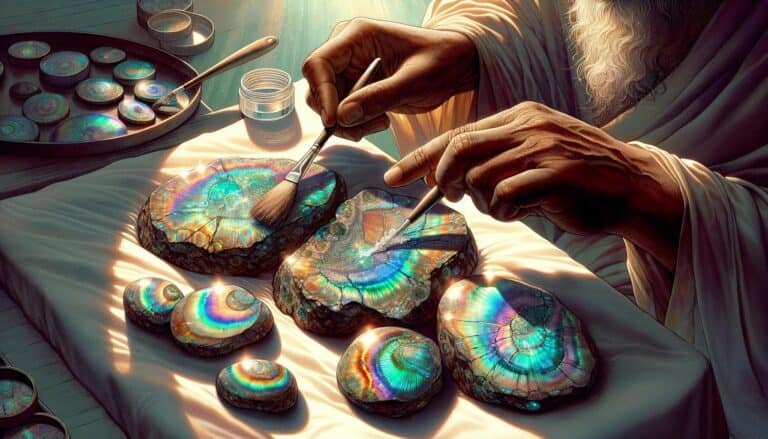
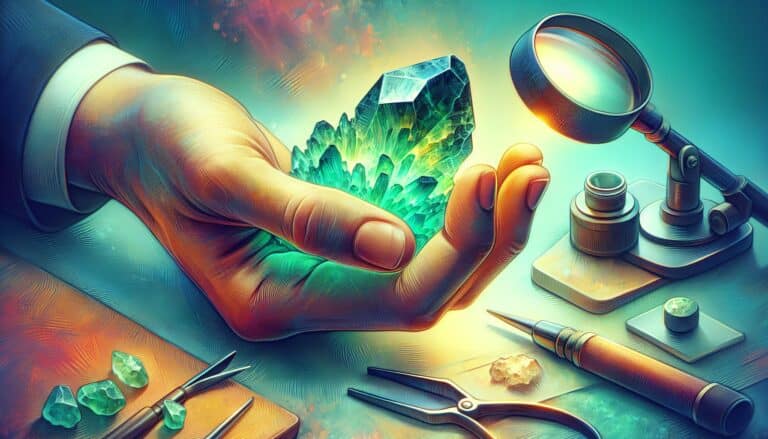
![Arizona Rockhounding Sites in [year]: Best Spots & Treasures](https://observationhobbies.com/wp-content/uploads/2024/01/a6mX8Cj68tW4b49jOXReb-768x439.jpg)
